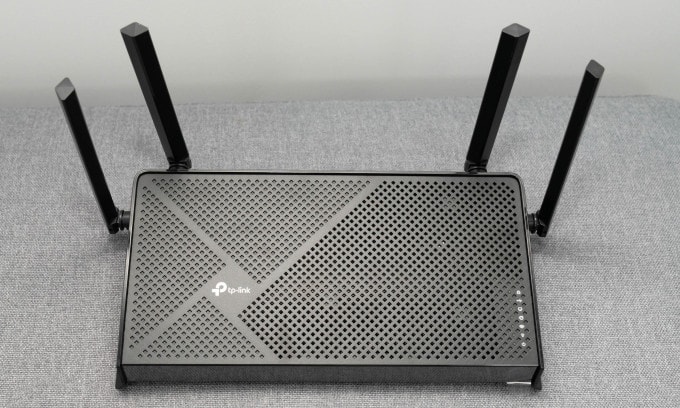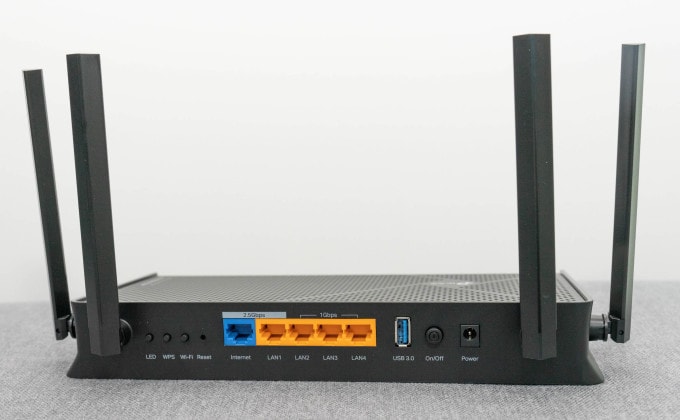TP-Link Archer BE230 is equipped with BE 3600 dual-band wifi standard, maximum transmission speed of 3.6 Gbps, supports Easy Mesh and many other features.

TP-Link has started selling the Archer BE230 for VND2.6 million. The product is in the mid-range segment, has a simple and familiar design with a black hard plastic shell, and heat dissipation holes on both the top and bottom.
The product has 4 antennas, flexible swivel joints using Beamforming technology with wide and stable coverage and good wall penetration.
The advantage of this first Wi-Fi 7 router model is large bandwidth and high transmission speed. The product supports dual-band BE 3600 standard with a maximum speed of 3.6 Gbps, allowing smooth viewing of 4K/8K videos or playing online games.
Archer BE230 also integrates Multi-Link Operation technology to manage multiple network-connected devices, along with Maximum Resource Utilization technology to optimize bandwidth allocation to increase network efficiency, speed and stability.
The downside of the product is that it does not have a 6 GHz band, only supporting two bands 2.4 and 5 GHz.

Archer BE230 is equipped with a 2.5 Gbps WAN port, a 2.5 Gbps LAN port, three 1 Gbps LAN ports, and a USB port. In addition, the product supports the EasyMesh standard, allowing the combination of routers from other manufacturers to form a Mesh Wi-Fi network, ensuring seamless and stable connections in large spaces.
In terms of security, the device integrates TP-Link HomeShield network protection technology. The company says the router's network response latency is 3.3 times lower, while the USB port's read and write performance is four times faster than the previous generation. The product also fully supports VPN protocols such as OpenVPN, PPTP and L2TP to work seamlessly with most major VPN providers today. Users can install the Tether app to set up and manage routes.
Wi-Fi 7 is developed based on the IEEE 802.11be standard. In which, "be" is to distinguish it from the previous generation of Wi-Fi, such as Wi-Fi 5 is 802.11ac, Wi-Fi 6 is 802.11ax. The name also shows that Wi-Fi 7 is an upgrade of Wi-Fi 6, not a completely new technology. According to this standard, the maximum speed of Wi-Fi 7 reaches 30 Gb/s, three times higher than the 9.6 Gb/s of Wi-Fi 6 and nearly 10 times the 3.5 Gb/s of Wi-Fi 5. This is also the basis for many experts to expect that the new Wi-Fi can replace wired Ethernet networks.
TH (according to VnExpress)